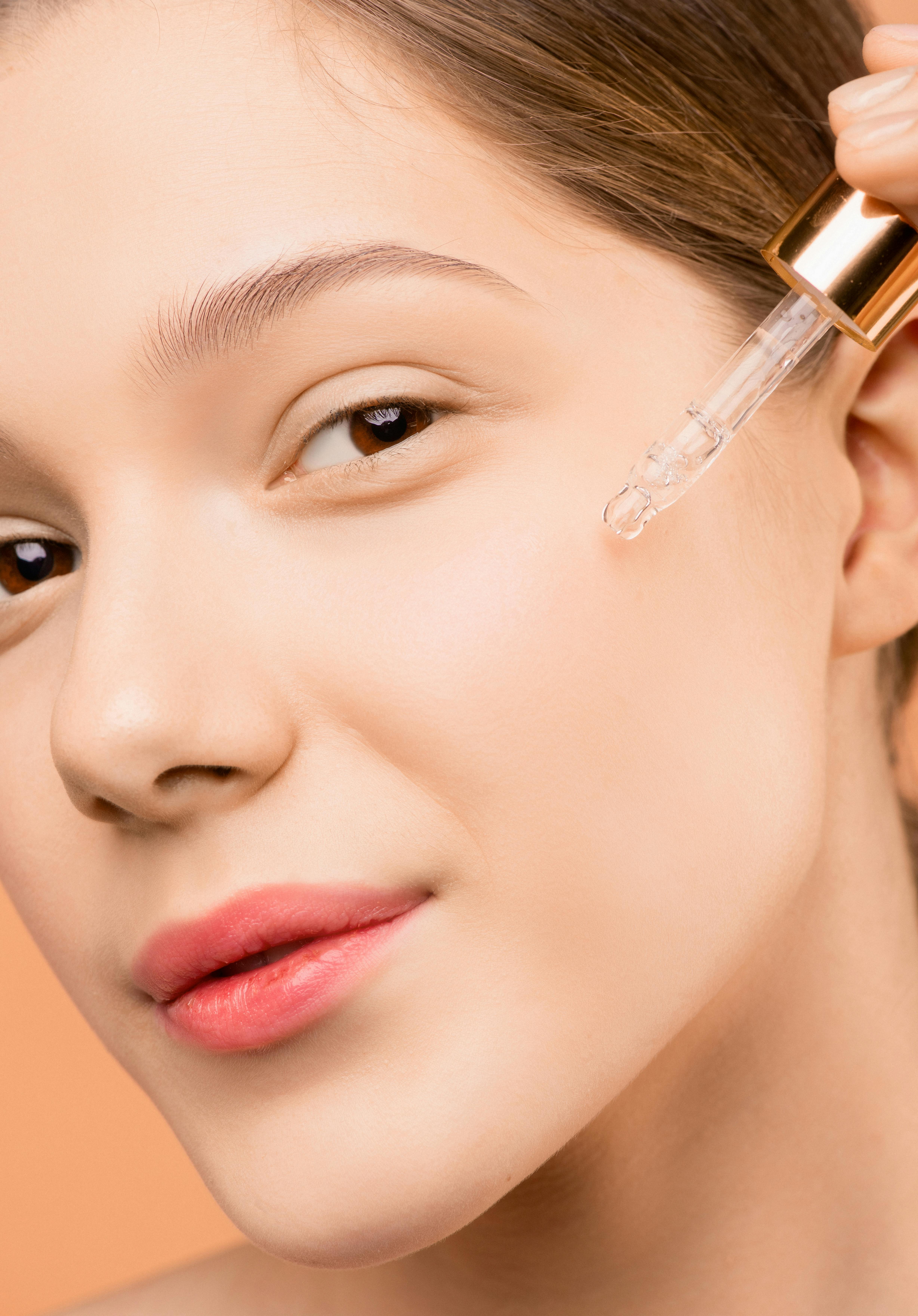Understanding and Addressing Under Eye Bags: From Causes to Solutions
Under-eye bags are a common skin concern often associated with age, but they can also be influenced by a variety of other factors, including fatigue, lifestyle habits, and genetics. These pesky protrusions can be a source of frustration as they may make us look tired or older than we actually feel. In the quest for youthful, radiant skin, understanding the causes of under-eye bags and the various treatment options available can be incredibly beneficial.

The Anatomy of the Under Eye Area
Before delving into the causes and solutions for under-eye bags, it is crucial to understand the unique anatomy of the under-eye area. This region of the face is characterized by thin skin, a lack of fatty tissue, and a complex network of muscles and blood vessels. As we age, the collagen and elastin fibers that keep our skin firm and elastic begin to degrade, and the skin around the eyes becomes even thinner and more translucent. This biological reality, combined with lifestyle factors and genetic predispositions, can contribute to the development of under-eye bags.
The Role of Age and Genetics
Age is undoubtedly the most significant factor in the development of under-eye bags. As we age, the tissues and muscles supporting our eyelids weaken. Normal fat that helps support the eyes can then move into the lower eyelids, causing the lids to appear puffy. Simultaneously, fluid may accumulate in the space below your eyes, adding to the swelling.
Genetics also play a role in the development of under-eye bags. If your parents or grandparents had prominent bags under their eyes, you’re more likely to have them too. Some people are simply born with a predisposition towards developing under-eye bags because of their genetic makeup, and there’s little that can be done to change this inherent trait.
Lifestyle Factors Contributing to Under Eye Bags
Several lifestyle factors can exacerbate the appearance of under-eye bags. Lack of sleep, excessive alcohol consumption, smoking, and a diet high in salt can all contribute to fluid retention and swelling in the under-eye area. Allergies and sinus problems can also cause under-eye bags, as they can lead to fluid accumulation in the area. Even the way you sleep can play a role – sleeping on your stomach or side can encourage fluid to gather under your eyes.
Modern Treatment Options
In today’s world, there are several treatment options available to address under-eye bags. Home remedies such as cold compresses, tea bags, cucumber slices, and adequate hydration can help reduce puffiness. Over-the-counter creams and serums containing retinol, vitamin C, and caffeine can also help tighten and brighten the skin under the eyes.
For more severe cases, medical procedures such as laser resurfacing, chemical peels, fillers, or even surgical correction may be considered. These treatments can be effective, but they also come with potential risks and side effects, so it’s important to discuss these options with a qualified professional.
The Impact of Under Eye Bags on Self-Perception
While under-eye bags are typically harmless, their impact on a person’s self-image can be significant. In a society that often equates beauty with youth and vitality, the presence of under-eye bags can make individuals feel self-conscious or unattractive. As a result, many people seek out solutions to reduce their appearance.
However, it’s essential to remember that everyone’s skin is different, and what works for one person may not work for another. It’s also important to approach the issue with realistic expectations – while treatment can help reduce the appearance of under-eye bags, it’s unlikely to completely eliminate them.
In conclusion, under-eye bags are a common but complex skin issue, influenced by a myriad of factors ranging from age and genetics to lifestyle habits. While various treatment options can help mitigate their appearance, maintaining a healthy lifestyle and adopting a comprehensive skincare routine are the first lines of defense in managing this skin concern. The key is to understand the unique nature of your skin and to seek advice from skincare professionals to determine the best course of action for your specific needs.




